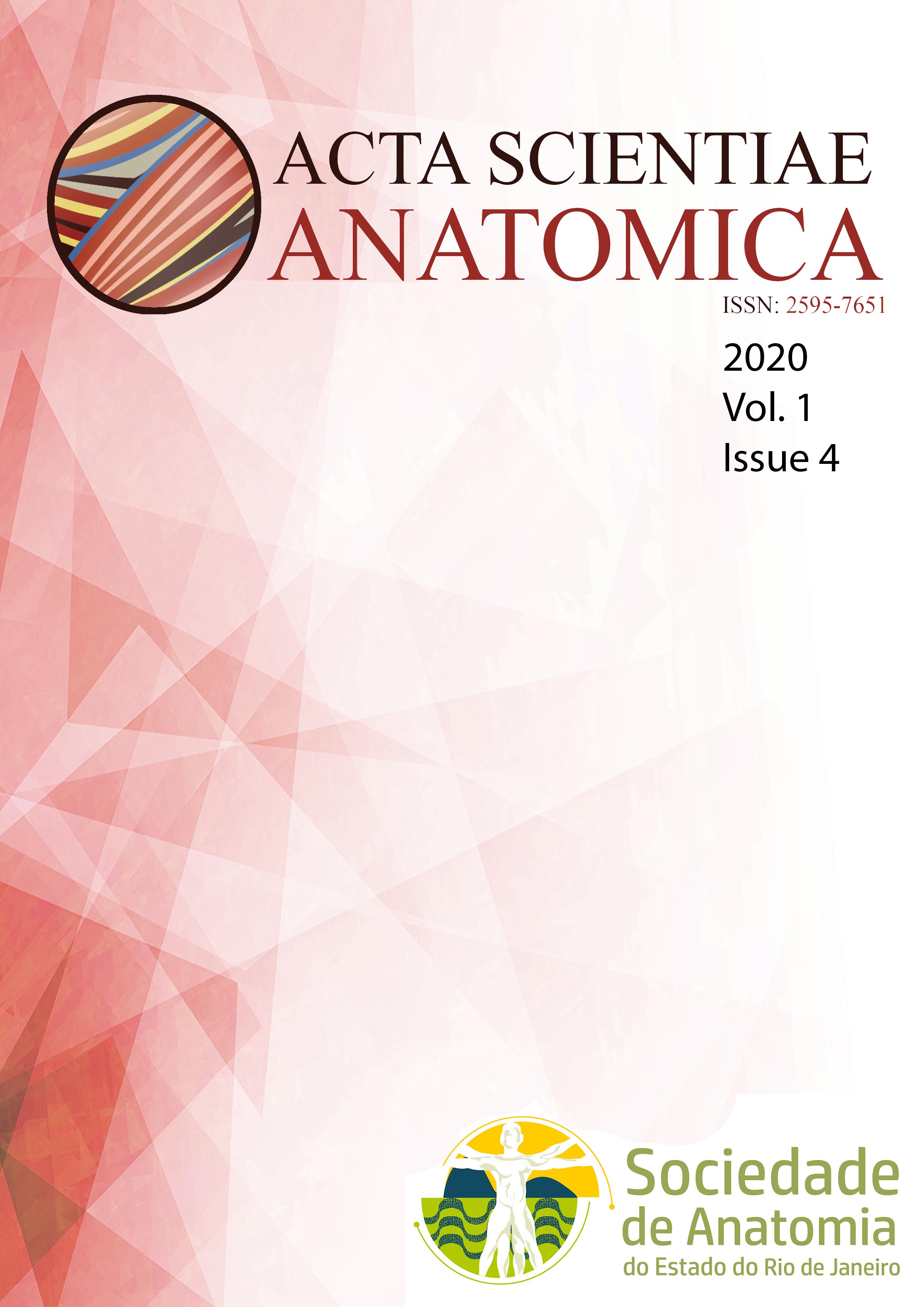Distance from anterior margin of the mandibular ramus to the mandibular foramen in dentulous and total edentulous: An anatomical study in dry mandibles as reference in pterygomandibular anesthesia
DOI:
https://doi.org/10.65053/asa20200409Keywords:
alveolar bone, edentulous mandibule, mandibular foramen, pterygomandibular anesthesiaAbstract
Introduction: Pterygomandibular anesthesia (PtAn) is very complex due the approach and localization of the inferior alveolar nerve (IAN) in medial side of mandibular ramus. However, the structural modifications in total edentulous mandible should difficult identification of anatomical structures during clinical management to perform this dental anesthesia. The purpose of this study was to determine if there is statistical difference in the mean distance between the retromolar fosse (RF) and the mandible foramen (MF) in dentulous and total edentulous dry mandibles. Material e Methods: 40 dry adult mandibles divided into 20 dentulous and 20 total edentulous were collected from Human Anatomy Laboratory of the Uberlandia Federal University and they were used in this study. Results: The results did not present statistical differences, revealing average measurements to all studied mandibles of 0.7 mm to the right antimere and 0.3 mm to the left antimere. The antimeres between each presented a mean difference of 0.3 mm in dentulous mandibles, and 0.7 mm in edentulous mandibles. These averages can be considered to 0.5 mm among all mandibles and 0.5 mm between antimeres. Conclusions: The distance among the anatomical structures here reported is not clinically significant to perform the pterygomandibular anesthesia both in dentulous and total edentulous mandibles. Basically, during the anesthesia there is not probably a significant variation to the needle penetration depth in these patients.
Downloads
Published
Issue
Section
License
Copyright (c) 2025 Acta Scientiae Anatomica

This work is licensed under a Creative Commons Attribution-NonCommercial-ShareAlike 4.0 International License.
This journal publishes open-access articles under the Creative Commons Attribution 4.0 International (CC BY 4.0) license. This permits use, sharing, adaptation, distribution, and reproduction in any medium or format, as long as appropriate credit is given to the authors and the source, a link to the license is provided, and any changes are indicated. License: https://creativecommons.org/licenses/by/4.0/








